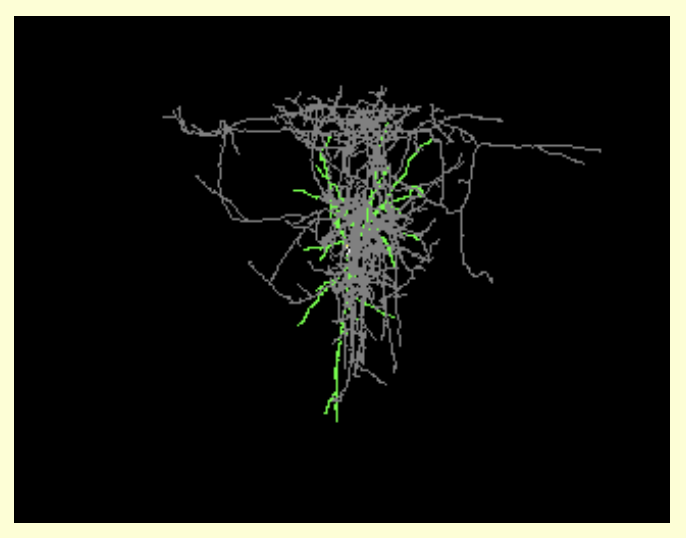URL: http://purl.bioontology.org/ontology/OOEVV
Proper Citation: Ontology of Experimental Variables and Values (RRID:SCR_010396)
Description: Ontology that provides a lightweight representation of the variables used to measure experimental properties and the measurement scales that form the complex data types supporting that data. Many different variables measure the same thing, here they use a lightweight representation driven by a small number of classes and a large number of variables to focus only on providing a vocabulary of variables that may be extended for consolidation to standardized variables for specific things and functions to map between values from different measurements scales. They use the base ontology description to provide a very lightweight representation of the basic elements of an experimental design and they use views to instantiate it for specific domains.
Abbreviations: OOEVV
Resource Type: data or information resource, controlled vocabulary, ontology
Keywords: owl
Expand Allis listed by |
We found {{ ctrl2.mentions.total_count }} mentions in open access literature.
We have not found any literature mentions for this resource.
We are searching literature mentions for this resource.
Most recent articles:
{{ mention._source.dc.creators[0].familyName }} {{ mention._source.dc.creators[0].initials }}, et al. ({{ mention._source.dc.publicationYear }}) {{ mention._source.dc.title }} {{ mention._source.dc.publishers[0].name }}, {{ mention._source.dc.publishers[0].volume }}({{ mention._source.dc.publishers[0].issue }}), {{ mention._source.dc.publishers[0].pagination }}. (PMID:{{ mention._id.replace('PMID:', '') }})
A list of researchers who have used the resource and an author search tool
Find mentions based on location

{{ ctrl2.mentions.errors.location }}
A list of researchers who have used the resource and an author search tool. This is available for resources that have literature mentions.
No rating or validation information has been found for Ontology of Experimental Variables and Values.
No alerts have been found for Ontology of Experimental Variables and Values.
Source: SciCrunch Registry





